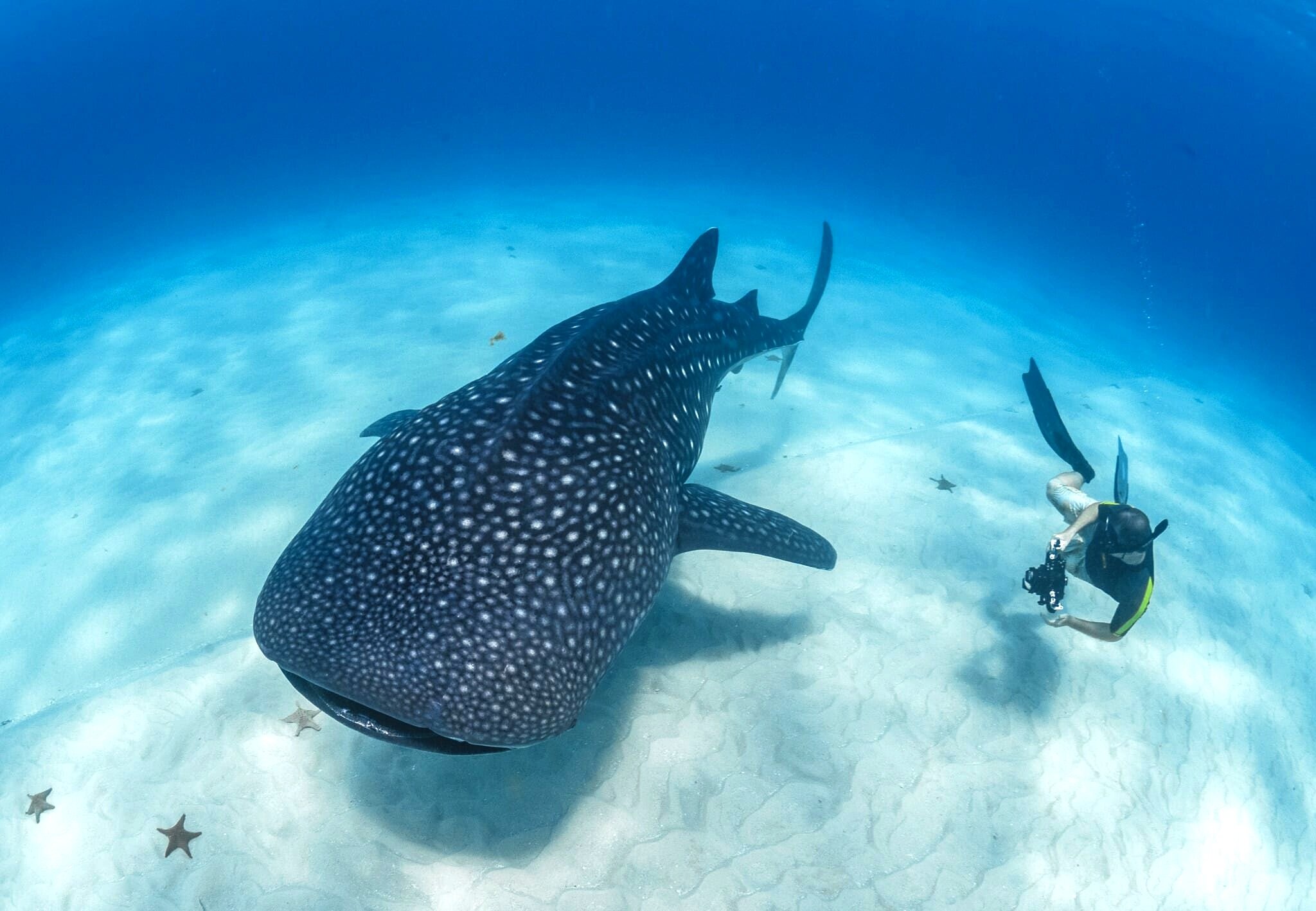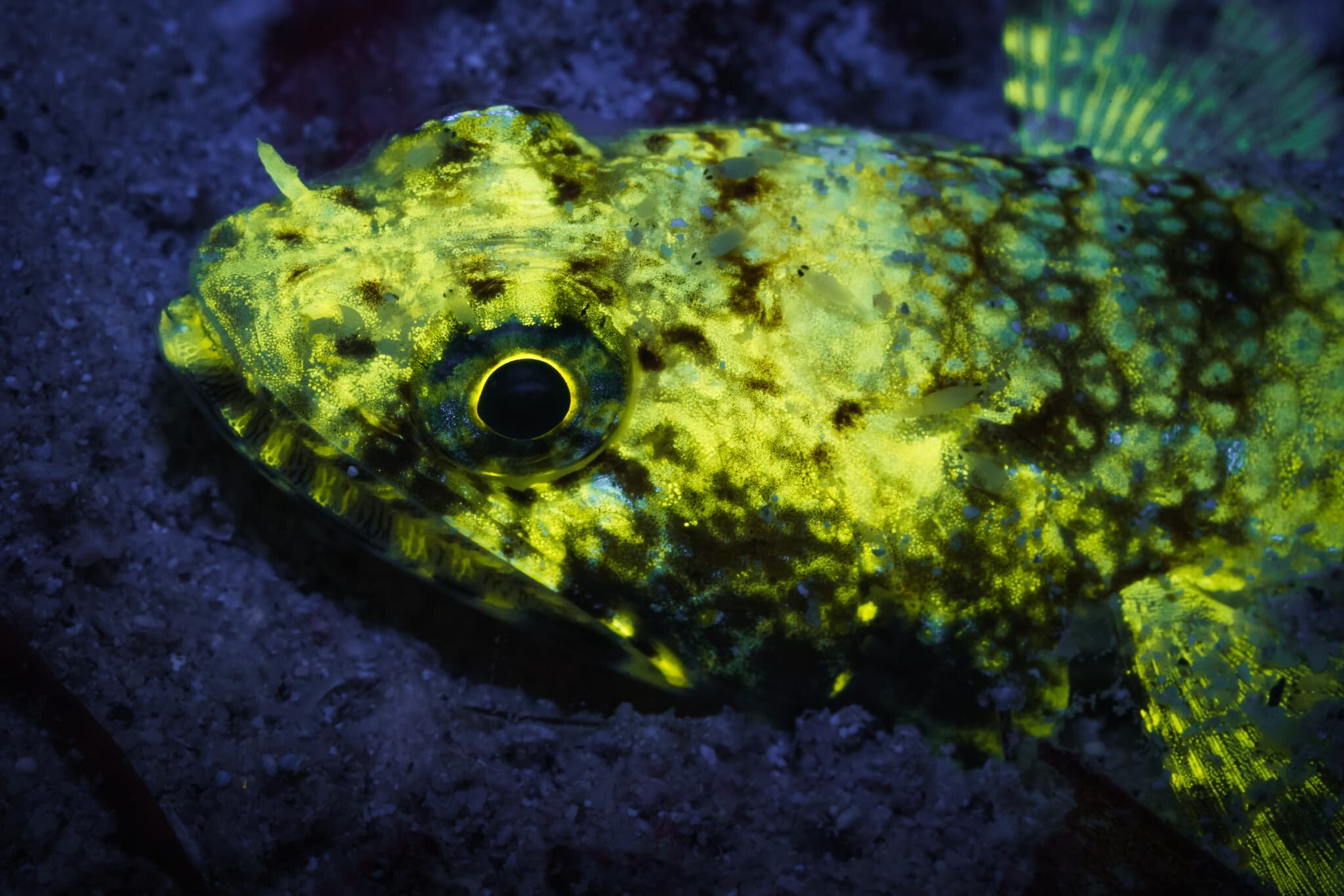How I Backup My Photos: Pro Tips for Wildlife Photographers
Backup and workflow considerations for professional wildlife photographers.
Underwater Wide-Angle Photography with the Sony A7R III
I’ve written (and routinely update) this article so that (1) it’s easy to refer people with questions about the gear I use, and how I set it up, and (2) I can remember what settings I use, too.
Diving in Byron Bay, Australia: The World’s Best Temperate Shark Dive?
Julian Rocks’ subtropical location is near the southern extent of range for lots of warm-water species, including exotic tropical minibeasts like the ornate ghost pipefish and megabeasts like reef manta rays, and represents a northern holiday for cooler critters like grey nurse sharks.
Whale Sharks in the Galapagos Islands: A Guide for Divers
The Galapagos is the best place to see truly gigantic adult whale sharks.
Sony 200–600mm Lens: User Guide for Wildlife Photographers
Of the 7,998 photos I took with the 200-600 mm shots in Kruger (excluding those taken with the 1.4x teleconverter, discussed below), 6,930 (87%) were at focal lengths from 404-600 mm. The extra reach over the 100-400 mm was definitely useful, and I used it a lot.
Diving Komodo National Park, Indonesia: There Be Dragons
As iconic as the dragons are on land, they may be matched by the manta rays underwater. Reef manta rays are one of the largest of all fishes, growing to around 5 m wide across their “wings”.
Fluoro Fishies Enjoy Blacklight Discos. Honest.
Biofluorescence occurs in over 250 fish species, as well as hard corals, jellyfish, mantis shrimps, sea turtles, and other groups. It’s particularly common in “cryptic” species. Many coral reef fish species have vivid color patterns, like angelfishes. “Cryptics,” such as lizardfishes and scorpionfishes, appear well-camouflaged to our eyes.
Underwater Macro Photography with the Sony A7R III
I’ve just been testing and refining my gear configuration for macro, so I thought it’d be useful for Future Simon – and hopefully you too – to write up some notes on underwater macro photography with the Sony A7rIII camera, Sony 90 mm macro lens, and Nauticam NA-A7RIII housing.
Sample Photos from the Sony FE 90 mm f/2.8 G Macro Lens
I’ve been using the Sony FE 90 mm G OSS macro lens as my go-to underwater macro photography lens since late 2018. I really enjoy using it – with the exception of poor autofocus in low light underwater using the Sony A7rIII, which I rant about in great detail here.
The Thresher Sharks of Malapascua Island, Philippines
Frame-by-frame video analysis reveals the sharks’ strategy. They lunge forward, then use their big wide pectoral fins to hit the brakes. This stalls their whole body, allowing them to deliver an overhead tail-slap at measured speeds of over 20 meters per second (45 miles per hour). That’s so fast that the tip of the tail literally causes water to bubble.
Scuba Diving Galapagos on the Humboldt Explorer
After a few days on Isabela Island on a wildlife-watching trip (photos to come), we flew over to San Cristobal on a small plane. We wandered down to the “Hammerhead Pier” early the next afternoon and were met by one of the dive guides from the Humboldt Explorer and transferred out to the boat. It was great to see a few familiar faces from past trips, and lots of new ones!
Tulamben Diving: Exploring the Mucky Wonderland of Bali
The animals that live here, are fantastically, mind-blowingly diverse. After three solid days of diving, I’m completely hooked. Tulamben, close to the spectacular Mt Agung, is stunning, Scuba Seraya is one of the nicest little dive resorts I’ve stayed at, and the diving… well. Let’s talk about the diving!
Underwater Fluorescence Photography (Reef Raves for Masochists)
Bored of simply trying to take good photos, with complicated equipment, while lying suspended in thick liquid, within an unbreathable, alien environment? Don’t worry, I have a solution. We’ll do all of the above… at night. Also, let’s add a thick mask filter so you can’t see properly.













